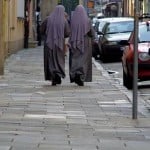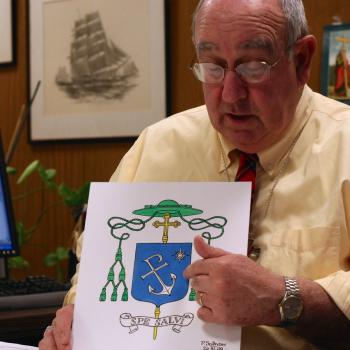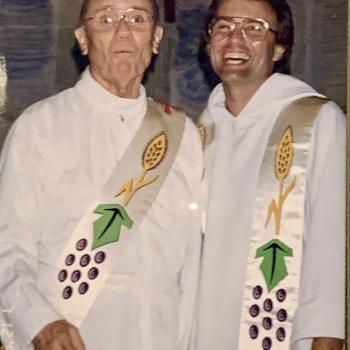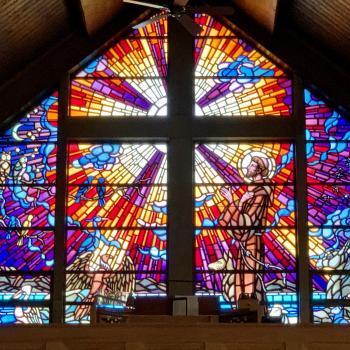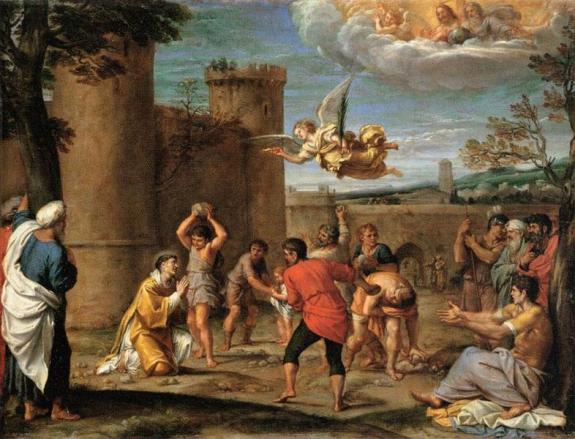
That’s the question Phyllis Zagano looks at in this new column in the current issue of U.S. Catholic.
Some excerpts:
Can women be deacons? The same question circles about even now, as the church during the past 50 years continued and continues to absorb the diaconate as a permanent ministry and newly discusses women in it. …By all accounts, the ITC [International Theological Commission] voted to approve women deacons in a paper that its president, then-Cardinal Joseph Ratzinger, refused to promulgate. From 1997-2002 the ITC wrote a second study, about four times longer than the first, which said women deacons was a question for the Magisterium to decide. That is, they did not say no, they just did not say yes.
Two papacies, those of John Paul II and Benedict XVI, let the matter sit. Pope Francis, responding to a request of the International Union of Superiors General (UISG), took up the question of women in the diaconate again in 2016 and named a 12-member panel of scholars.
…Even if critics recognize the distinctions between deacons and priests, there is traction against the diaconate in general that joins arguments against women deacons. One diocesan pastor told me not long ago that the diaconate is useless and that it would be better to close a small parish and its rectory than put a deacon in it. He even said that paying a deacon to administer the parish would be a waste of money. Clearly his notion of parish life is centered on priesthood, an outlook that has no room for most of what we call ministry.
…To deny the people of God the ordained ministry of women deacons is a serious failing that the church in the West has lived with for 800 years. To deny the diaconate as a permanent vocation is an ecclesiological error put forth both through ignorance and a denial of the needs for ministry by the people of God.
There’s much more. Read it all.
I appreciate that she touches on one of the biggest obstacles to the idea of women deacons—which is some still-lingering opposition to deacons in general. Even now, 50 years after Pope Paul’s motu proprio restoring the diaconate as a permanent order, there are places where deacons are marginalized, minimized or mocked; I know of parishes where they are relegated to purely ceremonial functions and are not permitted to baptize, witness marriages, or preach. I often tell the story of a deacon who once showed up to serve at his diocese’s cathedral, and when he found the rector and reported for duty, the rector looked at him and snorted. “A deacon?,” he asked. “They assigned a deacon for this Mass? If I had wanted a potted plant, I’d have called FTD.” There is one diocese in the United States which still does not have the permanent diaconate, because the bishop doesn’t see a need for it. And on and on.
As deacons who have experienced these slights first-hand will tell you, it can be dispiriting. If and when women are ordained to the diaconate—and it’s still a big “if”—the obstacles some would encounter would be significant. (I have to add: a forward-thinking and sympathetic bishop—such as the one I have in Brooklyn, Nicolas DiMarzio—can do much to change the clerical culture and insist that deacons are more widely accepted and utilized in a variety of parish and diocesan ministries.)
But it ain’t easy. No one advocating for women deacons should think it will be any easier for women than it has been for men. In fact, it will probably be harder.
Meantime, here’s another view on the notion of women deacons, from a historical perspective:
There is no question that women deacons, even ordained women deacons, performed an ecclesiastical function for many centuries in the early Church. Exactly what that function was, however, is difficult to figure out. We know of Phoebe, the “deacon of the church,” whom Paul mentions in his letter to the Romans. But the Greek noun “diakonos” that Paul uses—which in classical Greek had no specific female gender—meant “servant” during the first century. The same noun is used in John’s Gospel to denote the servants who filled up the water jars during the wedding feast at Cana, and it appears in the Acts of the Apostles with respect to the seven men who were chosen to feed to the poor while the apostles focused on prayer and preaching.
Christian documents of the third and fourth centuries provide more detail, and they seem to depict an increasingly elaborate and formally honored role for women deacons. These documents refer specifically to deaconesses (“diakonissai”), and at least one mentions a bishop’s laying his hands on these women in a kind of ordination ceremony that recognized their special office. Other early documents, mostly from the Eastern Church but also occasionally in the West, name some women as “deaconesses.” These women were almost invariably either widows or celibates who had chosen some form of the monastic life. Their duties largely consisted of charitable works and participating in the baptisms of adult women, in the days when immersion baptism was universal and it would have appeared scandalous for a male priest to immerse a naked woman. These deaconesses sometimes assisted priests at the liturgy—a not uncommon practice among nuns whose only male contact was their priest.
The nunnishness of the early Christian women who became deaconesses is striking. And it is a feature that persisted, even into fairly recent history. Deaconesses disappeared from both the Western and Eastern Orthodox Churches during the Middle Ages, when the office of “deacon,” with its specifically liturgical functions of preaching and reading the Gospel, became a formal part of Holy Orders and thus open only to men. Only the Armenian Church continued to ordain deaconesses to serve at the altar, up through the early twentieth century. And it should be noted that every one of those Armenian deaconesses was a nun, often the abbess of her convent.
Read the rest.

